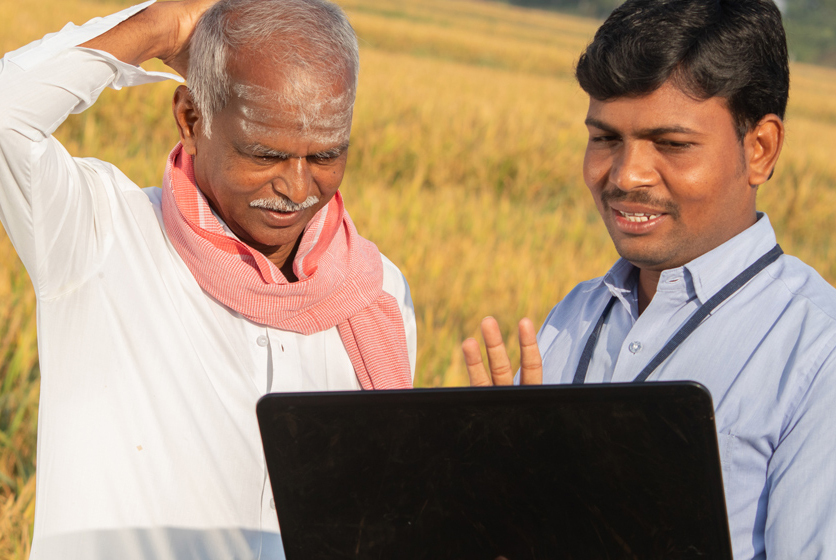Agricultural Subsidies in India
A subsidy is a kind of incentive that the government gives to farmers with a view to:
- Help supplement their income
- Give them options for purchase of various agriculture inputs
- Encourage them to adopt new plans and policies
- Foster growth in agriculture and allied sectors
In India, agriculture subsidies date back to 1964 and today, are disbursed in areas such as:
- Fertilisers
- Agriculture equipment purchase
- Seeds
- Exports and
- Financial support such as credit subsidy and crop insurance schemes
Brief look at the main subsidies
- Fertiliser subsidy helps the distribution of chemical and non-chemical fertilisers & tries to deliver stability in prices of this input.
- Credit subsidy aims at providing more banking facilities for rural areas and relaxation of collateral terms for the poorer farmers.
- Power subsidy is delivered via lower rates of electricity for farmers. This also helps farmers invest in irrigation equipment, along with the irrigation subsidy.
- Export subsidy gives farmers a better chance at competing in global markets. By selling abroad, the farmer gets a higher income as well.
- Agriculture infrastructure subsidy helps support farmers by providing roads, warehouses, market information and transportation facilities and so on.
How do the subsidies get delivered to farmers?
The government has different kinds of policy instruments that support farm subsidy. Some of them are:
- Minimum Support Price or MSP
- Public Distribution System or PDS
- Minimum Export Price or MEP
- Market Intervention Price or MIP and so on.
MSP are announced by the government before sowing season, in order to ensure that farmers are protected against sharp falls in prices. The MSP covers cereals, sugarcane, oilseeds, pulses and raw cotton to name a few crops.
The PDS is one of the ways in which the government is managing the food economy. Food grains are distributed through fair price shops and the public gets access to wheat, sugar, rice and other goods.
MEP is a price below which a person cannot export a commodity. This prevents disruptions in domestic supply. For instance, in December 2021, grape farmers fixed the exports rates at a minimum range of ₹62 to ₹82.

MIP swings into play for agriculture and horticulture produce not covered by the MSP. Its salient feature is that it is implemented to cover the fluctuations in price and production when compared to the previous year. For instance, recently, the Noida Apparel Export Cluster (NAEC) wanted the government to intervene for cotton yarn costs.
What does the future hold?
Budget 2021-22 focused more on investment rather than subsidies. Corporate investment in agriculture is around the 3% mark and perhaps this situation will change in the future with the growing interest that many business people and companies are having in areas such as agritech. The Centre has announced a subsidy to buy drones, for instance and farmers are quite interested to avail the same.
Budget 2022-23 may see quite a few subsidy-related opportunities. Online portals to support the spread of micro-irrigation subsidies, growth of adoption of solar energy might help reduce the power subsidy burden, and improvements in interest subsidy might be a few of the milestones in the road ahead.



